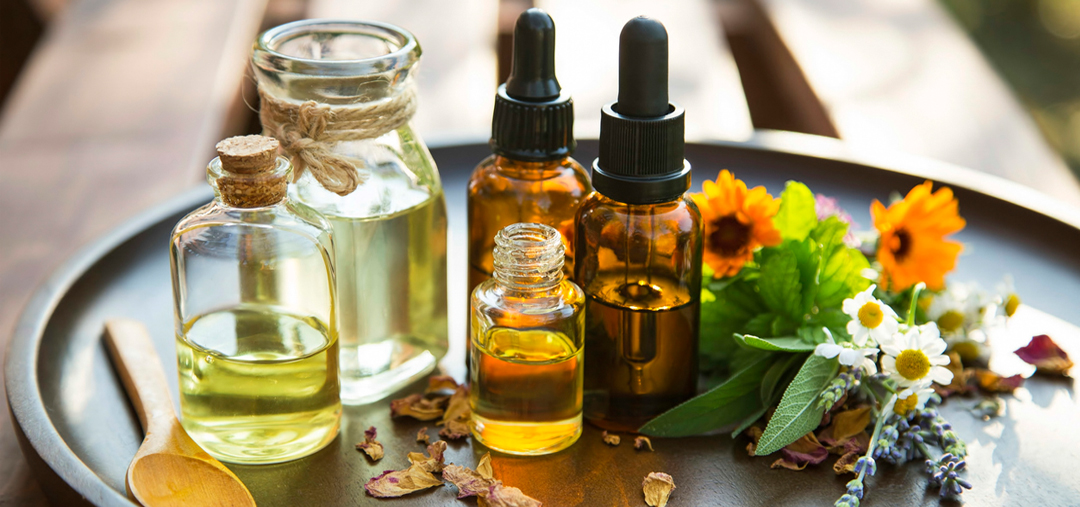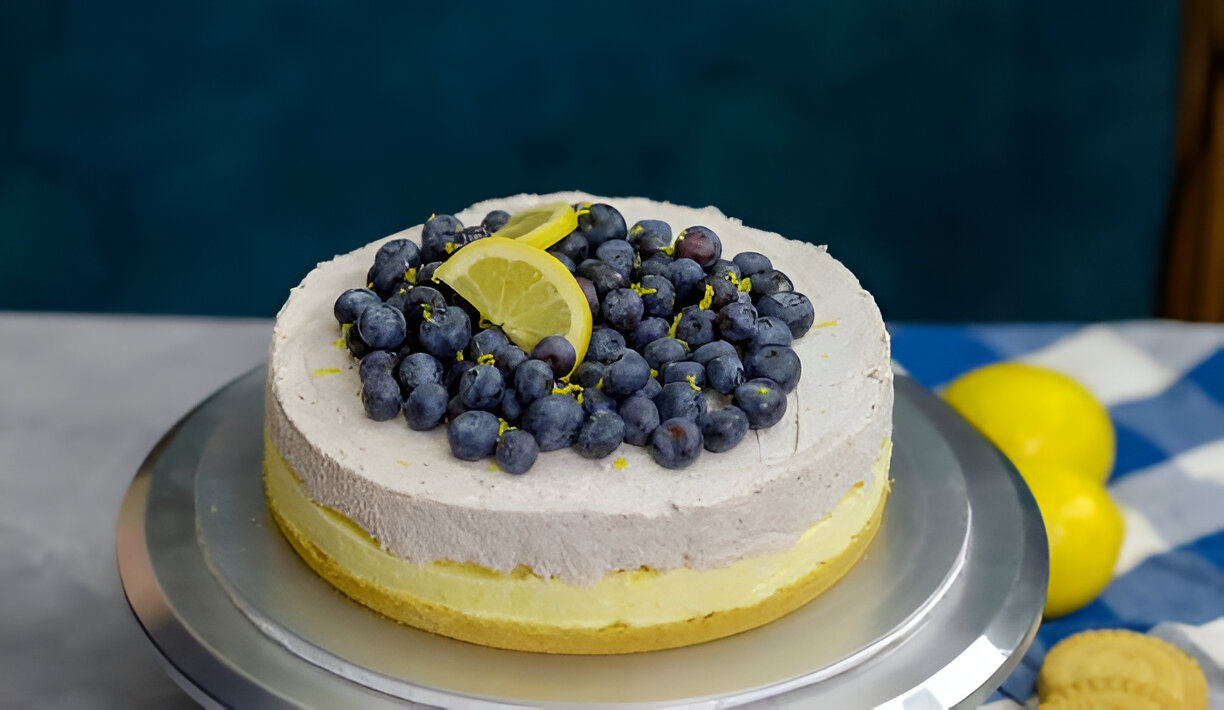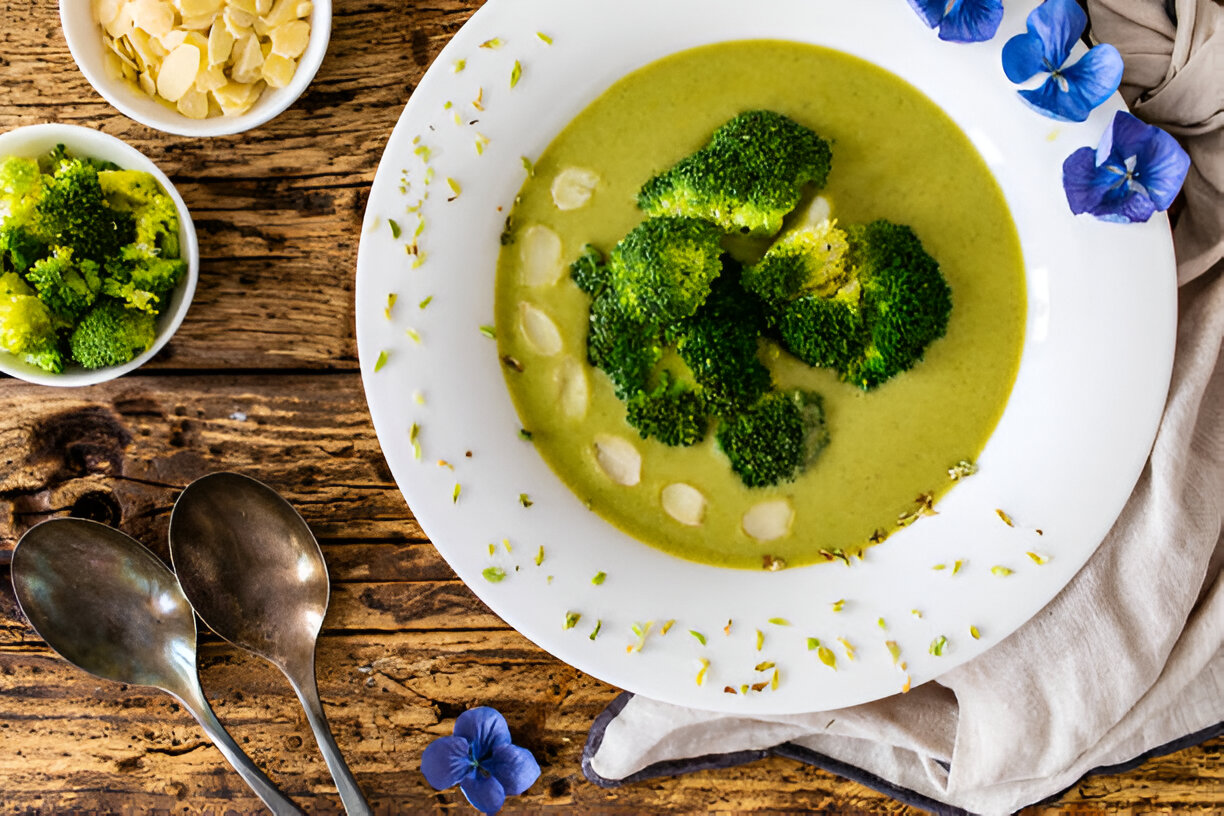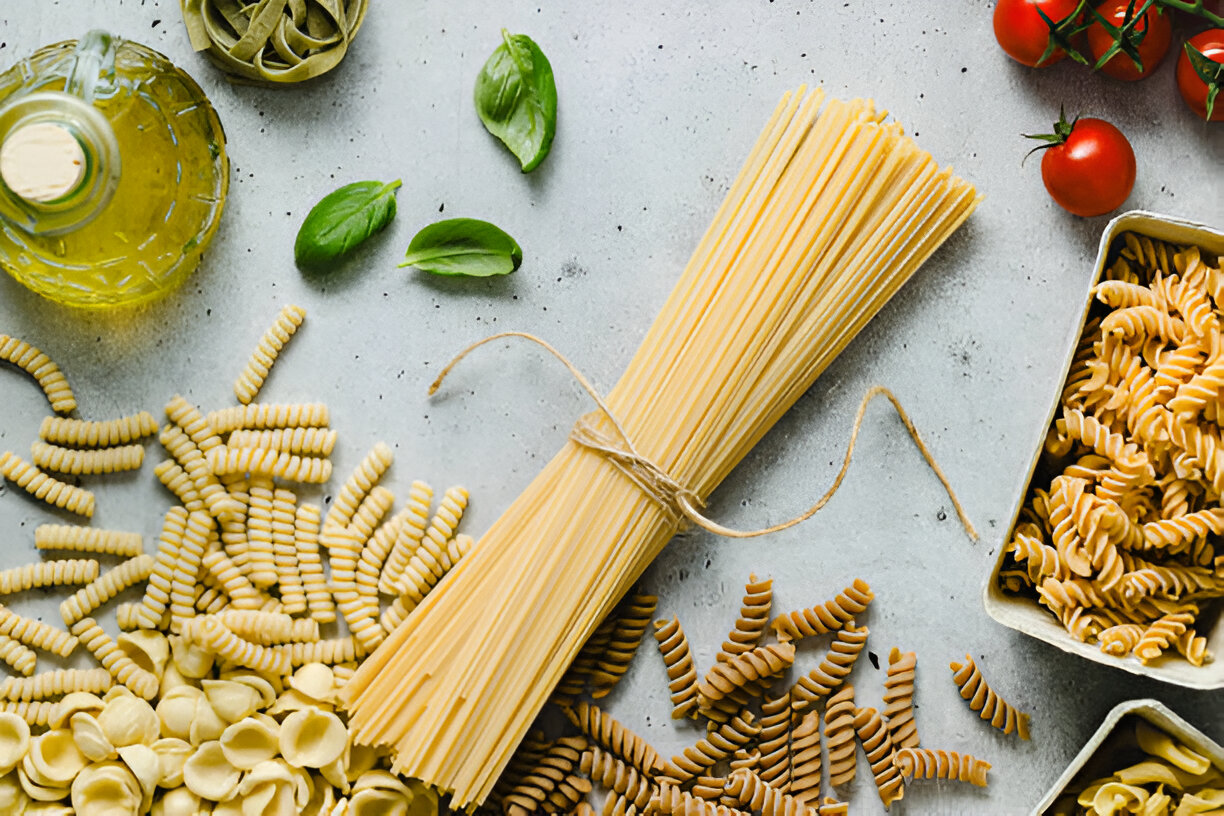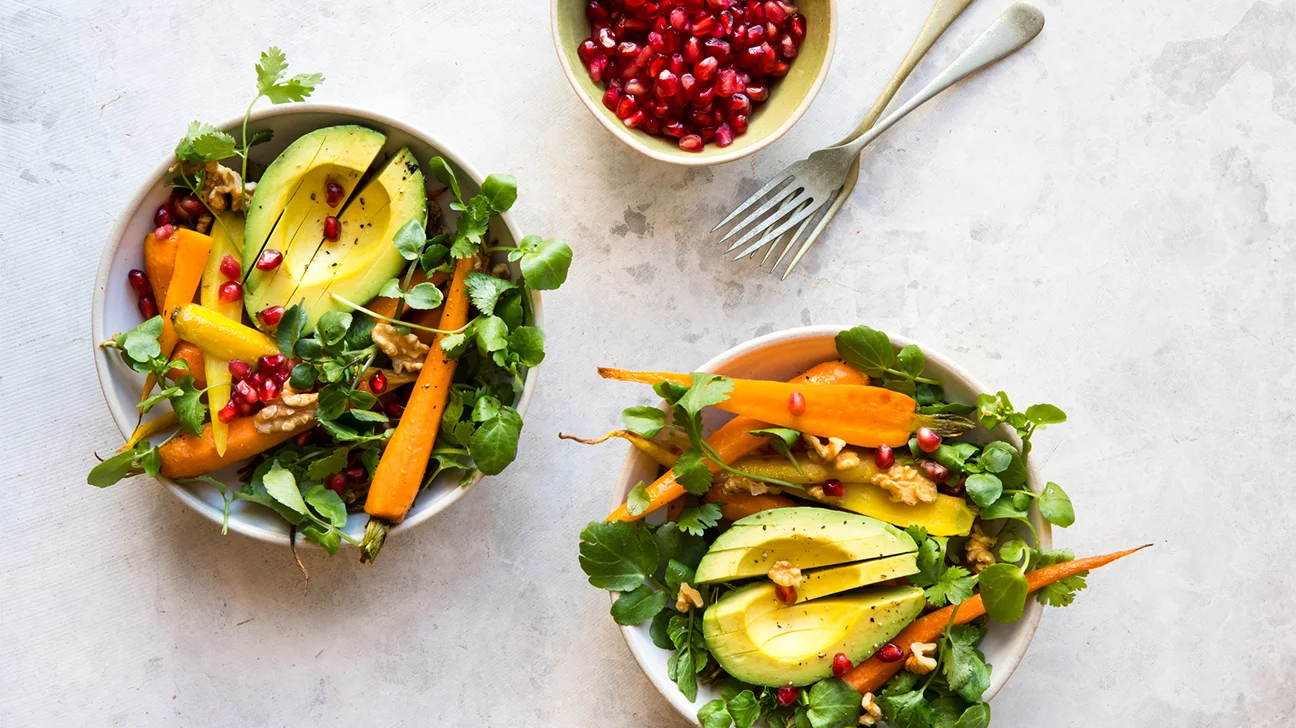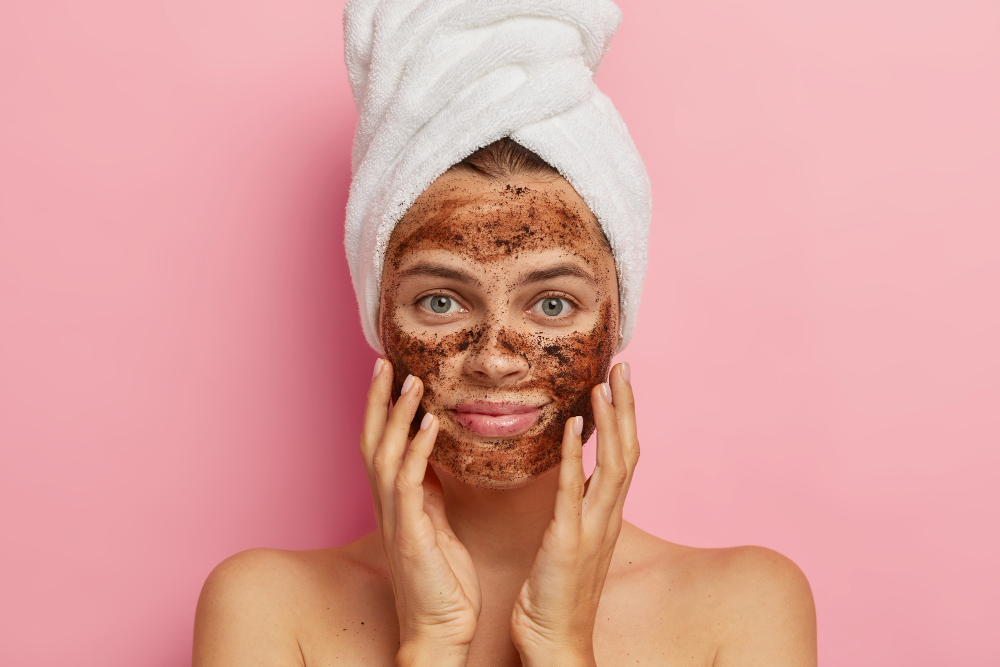
As we now know, fats are not always bad things. Just as there are bad fats that contribute to heart disease, cancer, and other maladies, there are good fats that fight those things by lowering LDL (bad cholesterol) raising HDL (good cholesterol), reducing inflammation, and providing cancer-preventive antioxidants. Most pantries and cupboards contain some of each, primarily in cooking oil bottles. Although knowing this distinction is one thing, deciding which cooking oils to toss and which ones to buy isn’t so black and white. What oils are best for sauteing, frying, or baking? Which ones should be used exclusively for salad dressings? For help, view our guide to choosing healthier oils.
Step 1: Toss the Bad Fats
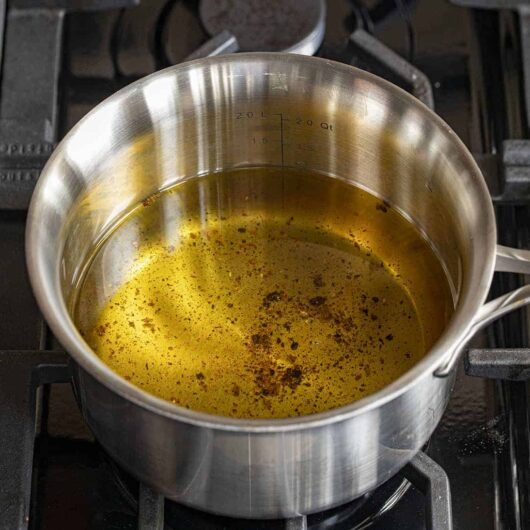
We’ve come a long way since home cooks kept a canister for collecting bacon grease atop the stove, to be used for frying everything from chicken to potatoes. Still, some oils have no place in your cupboard — or your arteries.
Blended Vegetable Oils
Most commercial vegetable oils are a mixture of unidentified oils that have been extracted with chemicals.
Old Oils
Most oils have a limited shelf life, certainly no more than a year. Smell your oils. If they don’t smell fresh, out they go. Rancid oils are hardly healthy.
Vegetable Shortenings
Usually made with partially hydrogenated oils, shortenings are high in trans fats, which are considered the unhealthiest of all fats.
Chemically Extracted Oils
Although these are not proven to be dangerous, there are more natural methods of extraction, like cold pressing.
Oils High in Polyunsaturates
These include corn oil and soybean oil, among others. Polyunsaturates are not inherently unhealthy, but they do contain high levels of omega-6 fatty acids, which most Americans already get too much of. Although we need them in our diets, we should be getting fewer omega-6s and more omega-3s. The current thinking among nutritionists is that other choices may be better.
Step 2: Bring Home the Good Fats
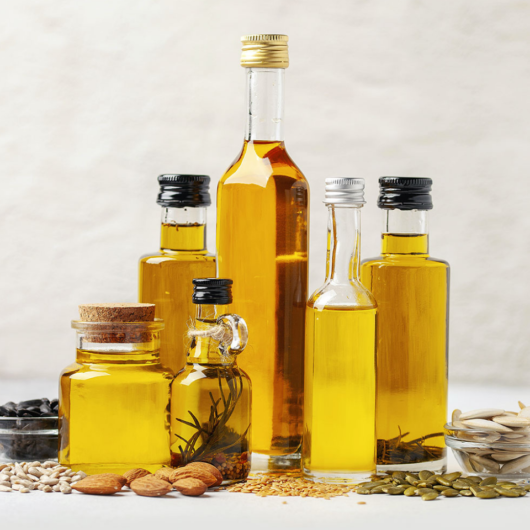
The best fats are those high in heart-healthy monounsaturates and other important nutrients such as oleic acids and omega-3 fatty acids. But you can’t use the healthiest oils for every purpose. Choosing the right healthy oil often depends on its smoke point, the stage at which heated fat begins to emit smoke and acrid, flavor-altering odors. Generally speaking, the higher an oil’s smoke point, the better it is for high-heat cooking. Here are the best oils for different purposes.
For Dressings and Drizzling
Extra-virgin olive oil
Olive oil is the healthiest oil you can buy, as it contains the highest monounsaturate content. Extra-virgin is the oil that results from the first cold pressing of the olives. Being the purest olive oil, it’s also the most expensive. But because it has a low smoke point, it should not be used for cooking.
For Sauteing
Virgin olive oil
This is also the result of the first pressing of the olives, but it is more acidic and the flavor is less robust. Always choose cold-pressed. Most mass-produced varieties are extracted with chemical solvents. Use for cooking foods at low and medium temperatures.
Safflower oil
Choose the high-oleic version of this light, neutral-flavored oil. It’s high in monounsaturates and has a high smoke point.
For High-Heat Cooking
Light olive oil
“Light” refers to the oil’s color and taste, not its calorie content. It has the same amount of beneficial monounsaturated fat as regular olive oil. Because of an extremely fine filtration process, it has little of the olive oil taste and fragrance and a higher smoke point, making it a good choice for baking and high-heat cooking. It’s usually a combination of refined virgin olive oils.
Canola oil
After olive and sunflower oil, canola is the next highest in heart-healthy monounsaturated fats. It can be used as a salad dressing and for baking and frying. This neutral-tasting oil is obtained from rapeseed, a mustard relative. Because rapeseed is commonly sprayed with pesticides, be sure to look for organic, expeller-pressed brands of canola oil.
Peanut oil
An all-purpose oil that’s high in monounsaturated fats, peanut oil is also about 30 percent polyunsaturated fats and 20 percent saturated. Because it has a high smoke point, it’s prized for frying. Most commercial brands are chemically processed, though expeller-pressed brands are available at specialty stores and online. Peanut oil has a longer shelf life than other oils.
Sesame oil
Although this oil is high in polyunsaturated, its strong flavor means a little goes a long way. For Asian cooking, it’s a must. Choose dark for seasoning and light for frying.
Avocado oil
This light-tasting oil is not only high in monounsaturated fats, but can also withstand high-heat cooking.
Grapeseed oil
Although grapeseed oil is high in mono- and polyunsaturated, it has a high smoke point and is often used as a substitute for olive oil.
Sunflower oil
This mild-flavored oil is high in vitamin E. As with safflower oil, look for the high-oleic version, since it is 80 percent monounsaturated and has a high smoke point.
For Splurging
There is no end to the kinds of artisan nuts, fruit, seeds, and infused-flavored oils that are sold in gourmet shops and online. Because of their costs and distinct flavors, use these designer oils sparingly, and keep them in the refrigerator. Especially high in healthy monounsaturated fats are macadamia, hazelnut, hemp, and almond oil — the latter can even be used for high-heat cooking. Although walnut oil and flaxseed oil are both high in polyunsaturated, they have a beneficial additive: They contain omega-3s, the same healthful fatty acids that are found in fish oils.
Step 3: Banish Phantom Fats
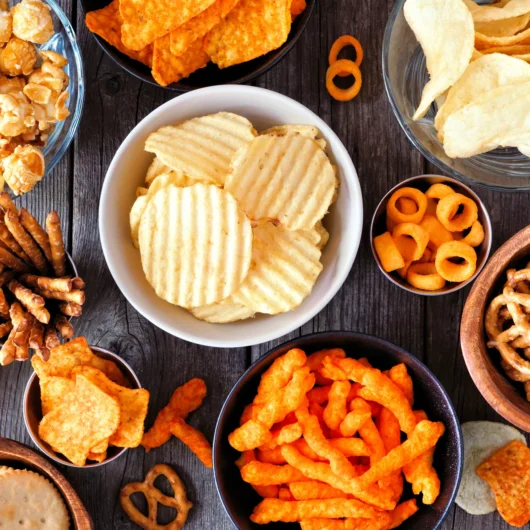
Unhealthy fats also lurk in crackers, gravy mixes, cake and pancake mixes, and other packaged foods. Such foods usually contain other unhealthy ingredients like artificial colors, refined sugars, MSG, and excess sodium. Toss Anything that Contains the Following
Partially hydrogenated oil
A source of trans fats, the unhealthiest of all. Most trans fats in the American diet are found in commercially prepared baked goods, margarine, snack foods, and processed foods.
Conventionally processed oil
Many prepared foods contain vegetable, corn, peanut, or soybean oil. Conventional extraction of these oils often involves the petrochemical hexane, which is also used as a cleaning agent and as a solvent. Instead, choose products made with cold-pressed, expeller-pressed, or naturally pressed oils.
Oil Terms
Monounsaturated Fats
These fats are rich in antioxidants like vitamin E and, unlike other fats, can help increase HDL levels and decrease LDL levels (which is a good thing), while also reducing inflammation.
Polyunsaturated Fats
Proceed with caution. These come from plants and have been generally seen as a healthy alternative to animal fats. Although they, too, can improve your HDL-to-LDL ratio, they are also high in omega-6s, which need to be balanced with omega-3s.
Saturated Fats
Avoid. Although saturated fats like butter and lard add flavor and work well for cooking, they clog your arteries, boosting the risk of heart disease and stroke. Some studies indicate they may even raise the risk of colon and prostate cancers. These fats come from animals, including seafood, though high levels are also found in coconut, palm, and palm kernel oil. Saturated fats tend to boost both good HDL and bad LDL levels, but studies show the overall effect is a negative one.
Trans Fats
Trans fats are created when hydrogen is added to vegetable oil, changing it from a liquid into a more solid form, such as margarine. Trans fats lower HDL levels and raise LDL; they’re considered even worse for heart health than saturated fats.
Expeller-pressed
A chemical-free mechanical process that extracts oil from nuts and seeds.
Cold-pressed
These are oils that are expeller-pressed in a heat-controlled environment to preserve their flavor, aroma, and nutrients.
Refined Oils
These are oils that have been filtered until they are transparent, making them good for high-heat cooking. Look for naturally refined brands.
Unrefined Oils
These oils contain solids that make them cloudy but give them more flavor. They are not suitable for high-heat cooking.
How To Store Oils

Healthy salad and cooking oils should be stored in cool, dark places. Most oils have a limited shelf life. Check your oil’s production date, and keep it for no longer than 12 months. If kept too long, oils lose their flavor and can become rancid. The best way to prevent that from happening is to store oils in the refrigerator. Most will solidify but don’t worry. Just leave them at room temperature for a short period and they’ll reliquefy. If you prefer to keep your oils in the pantry, buy them in small quantities so you’ll be replacing them more frequently.






